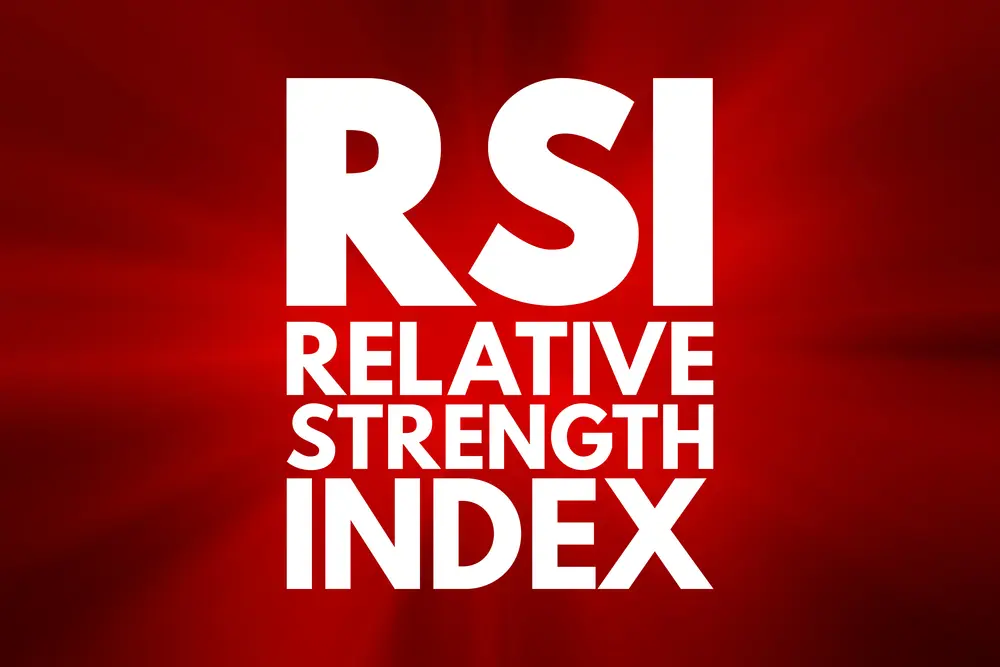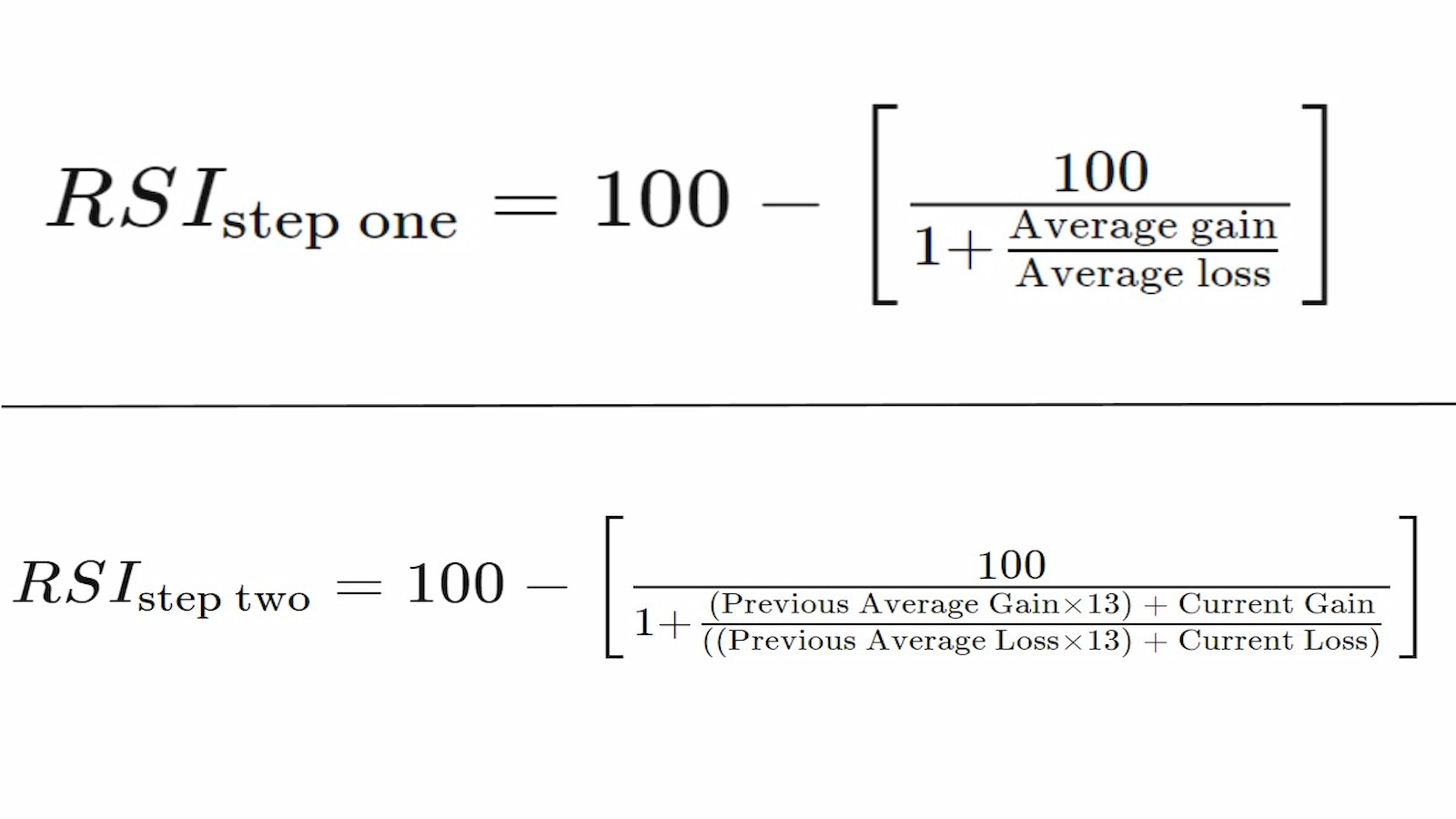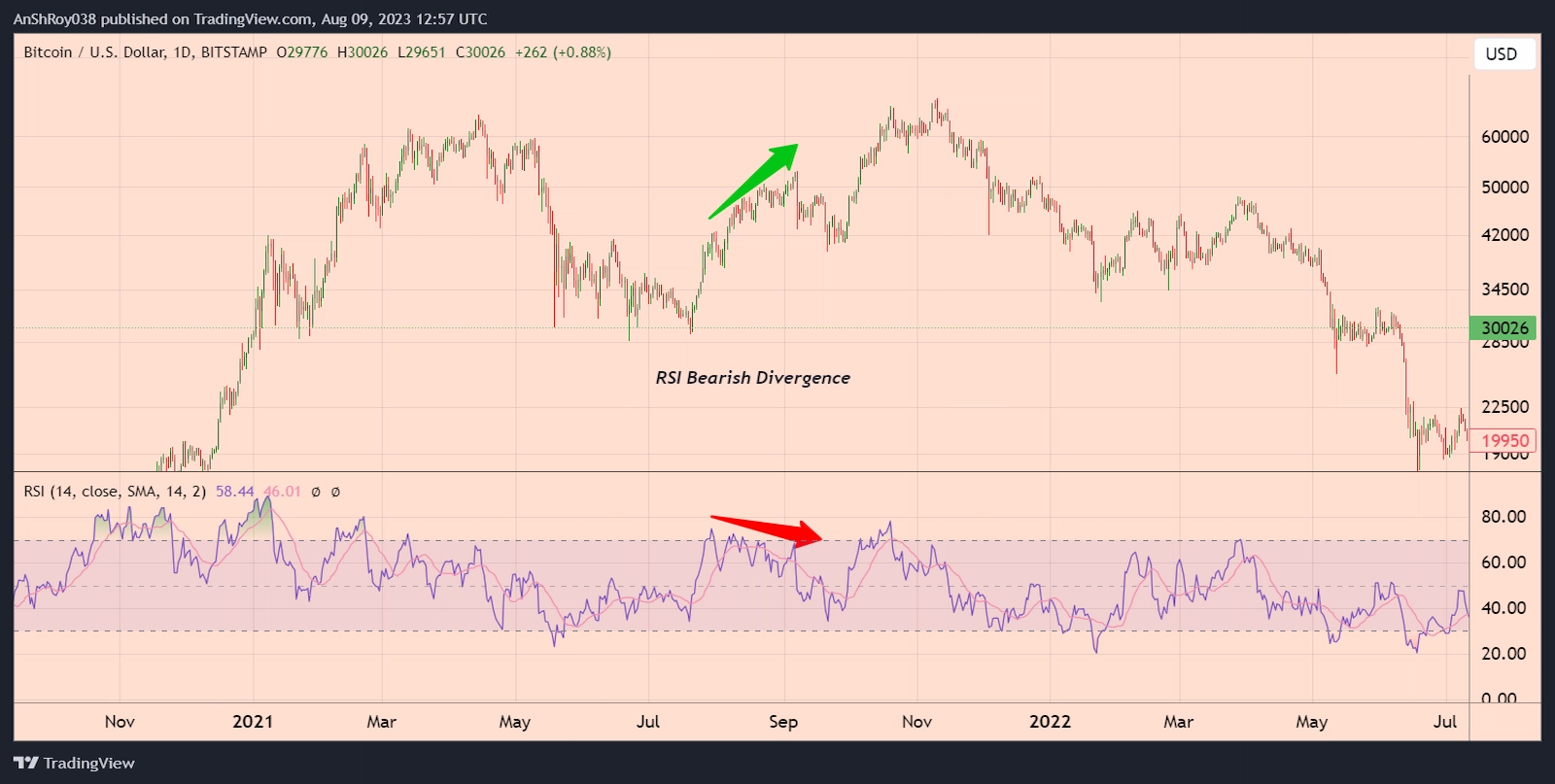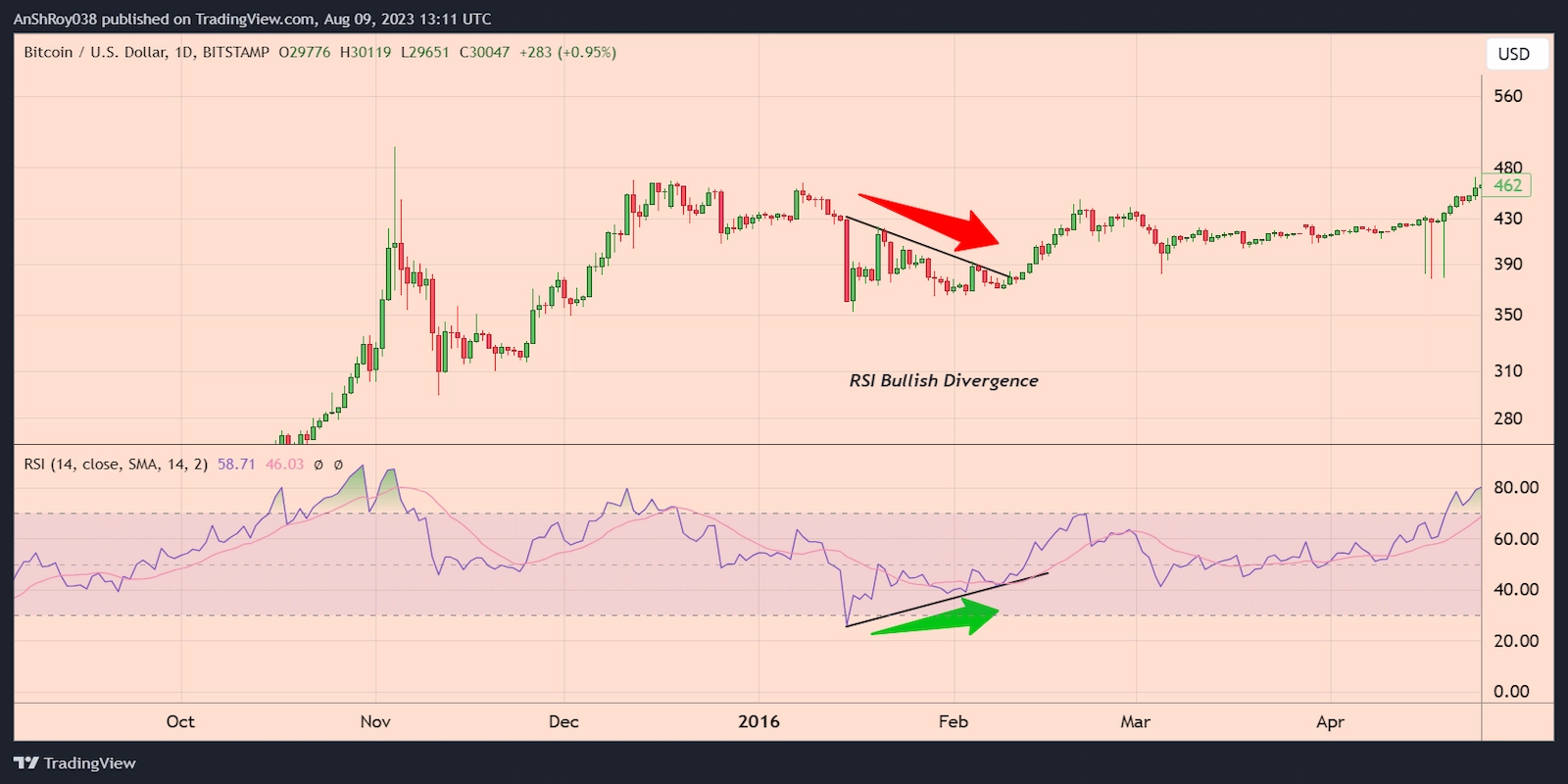
NEW DELHI (CoinChapter.com) — The Relative Strength Index (RSI) is an indicator that analysts use to analyze crypto and traditional assets like stocks and commodities.
J. Welles Wilder Jr. developed the momentum oscillator and introduced it in his 1978 book, “New Concepts in Technical Trading Systems.”
The RSI measures the speed and magnitude of stocks’ and crypto assets recent price changes to give a value oscillating between zero to 100. Additionally, when the indicator goes above 70, analysts consider the asset to be overbought.
Conversely, an asset becomes oversold when the RSI trendline goes below 30.
Calculating the RSI in stocks and crypto
Calculating the RSI in stocks and crypto is a two-step process. In the formula for the first step, the average gain or loss refers to the average gain or loss percentage during a particular look-back period. The standard number of periods for calculating RSI is 14.
However, the unit of the period varies according to the chart’s range. Hence, the formula would consider the price action over the past 14 days on a daily price chart. But, on a 15-min chart, the formula would account for the price action during 14 fifteen-minute intervals.

The second part of the formula ensures that the RSI’s value remains between zero and 100, irrespective of the volatility in the market.
On plotting the RSI, the trendline would rise when the number and size of up days (when token prices rise or green candles) increase and fall when the number of down days (red candles) increase.
Using RSI In Stock Analysis
The RSI evaluates overvalued or undervalued conditions for a crypto asset or stocks. Analysts use RSI values to determine an asset’s overbought or oversold conditions.

When an asset is overbought, the crypto token is trading at a value higher than its intrinsic or true value. As in, the token might be trading higher than it should, as per technical analysts.
A token with an overbought RSI could head for a price correction, so traders often consider the overbought RSI levels a sell signal.
On the other hand, when a crypto token or stock is selling at a value lower than its true or intrinsic value, analysts consider it to be oversold. Traders often swoop in to grab more tokens or stocks at lower prices. As a result, oversold RSI levels have become a buy signal for more market participants.
RSI Divergences
Besides oversold and overbought levels, RSI also creates patterns such as double tops or bottoms. Interestingly, the patterns don’t need to appear on the token’s underlying price chart.
Moreover, technical analysts also use divergence to identify potential trading opportunities.
A divergence in the RSI occurs when a token’s relative strength index changes trends before the token’s or stock’s price does. In other words, divergence occurs when the RSI starts showing a change in price momentum before the change is visible in the price action.

RSI divergence is of two types, bearish and bullish divergence.
The chart above shows that bearish RSI divergence occurs when the Bitcoin price makes higher highs while the RSI trendline forms lower highs. The pattern suggests that momentum for the coin is slowing down, and a downward move might be around the corner.
In the BTC price chart, the RSI trendline started forming lower highs while the BTC price continued higher. Afterward, Bitcoin price corrected sharply.

Conversely, a bullish RSI divergence occurs when the RSI starts forming higher lows during a downtrend. The higher lows in the RSI chart suggest strengthening price momentum for the underlying asset. As the price action catches up, the result in a bullish rally, as shown in the BTCUSD daily price chart above.
Though RSI levels often indicate bullish and bearish reversals, combining the momentum oscillator with other indicators is advisable for a more accurate prediction of a token’s or stock’s price action.


